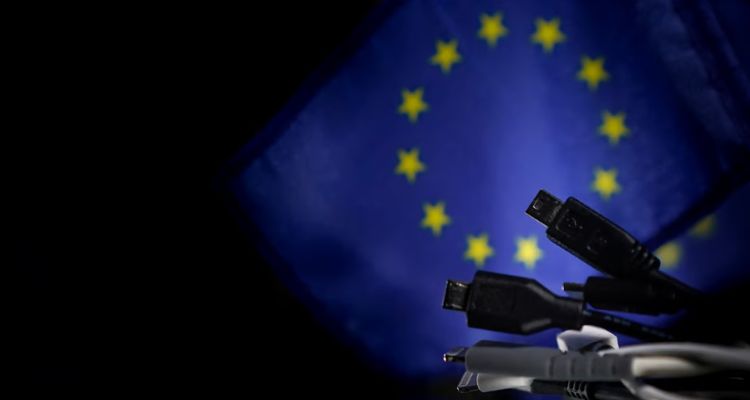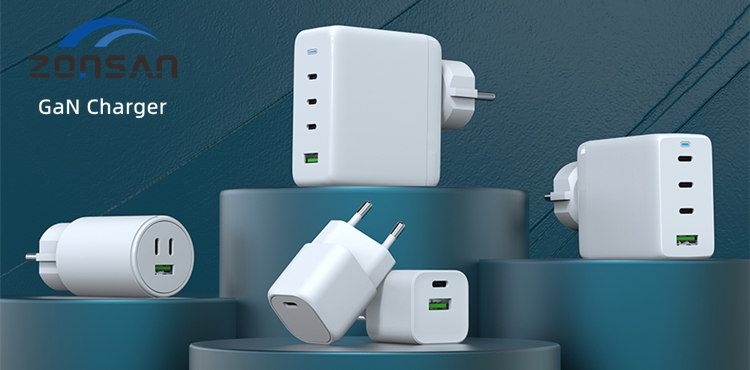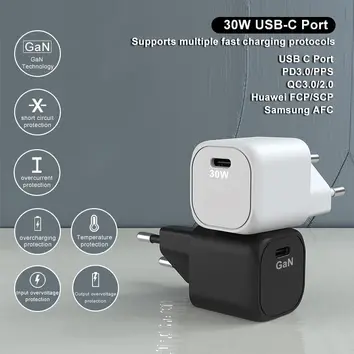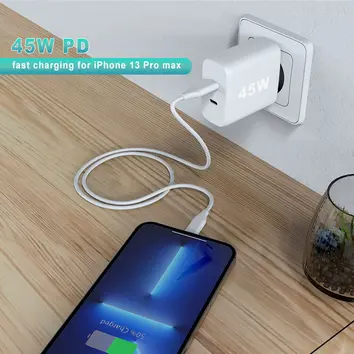Interpretation of The EU Unified Charging Interface Directive Requirements And Test Content
As the charging interface specifications of electronic devices are not uniform (each device has its own special charger), which causes inconvenience to users and waste of resources, so the EU in 2019 through the form of RED Directive (mainly refers to wireless electronic devices, including smart phones, tablets, cameras and other devices that use batteries need to be charged) proposal, decided to unify the charging interface of all electronic devices to USB -C, the directive another layer of intent is to unify the C port, so that chargers and devices are no longer bundled sales.

RED revised directive was launched on December 7, 2022, for 2014/53/EU in 3.3 (a) on the specific implementation of the universal charging interface requirements are mainly three aspects, one is that the relevant equipment must be equipped with USB Type-C charging interface in line with the relevant standards, and can use the same standard charging cable for charging; second, support for fast charging of more than 15W devices should support the USB PD protocol; third, the device is no longer bundled with a charger for sale, giving consumers the option to buy both products with a charger and those without.
The directive covers smartphones, tablets, digital cameras, headphones, handheld game consoles, portable speakers, e-books, keyboards, mice, portable navigation and laptops and a total of 13 types of wireless devices.
The mandatory implementation date of the revised directive is December 28, 2024 (the requirements for laptops are relaxed by 2 years, with an implementation date of April 28, 2026), which means that new devices entering the EU market after the mandatory date will have to meet the requirements of the directive.
In terms of marking, businesses are required to sell electronic products, the manual must identify the power range of the charging device, support for fast charging devices should identify the PD fast charging and other fast charging protocols, and on the outer packaging of the device should identify whether the charger comes standard.
CE is a safety certification mark, which is a mandatory requirement for products under EU law. The RED Directive is a directive for radio equipment, covering all radio equipment operating at frequencies below 3000 GHz, including short-range communication equipment, broadband equipment and mobile communication equipment, etc. It also covers radio equipment used only for sound reception and television broadcasting services.
RED directive references two standards, the first for EN IEC 62680-1-2, the actual reference is the USB Association's PD specification; the other standard is EN IEC 62680-1-3, the actual reference is the USB Association's Type cable and connector specifications. Due to the introduction of a long instruction cycle, the instruction version 2021 version, corresponding to the current popular version of the USB standard for the previous version (corresponding to the 100W PD charging specification), the EU has indicated that it will update the requirements in Q3 this year, with the latest PD3.1 specification and Type-C 2.1 specification on the market for unification.
EN IEC 62680-1-3 covers the three main topics of Type-C connector, Type-C cable, Type-C protocol (function) and pin definition, mechanical structure requirements, dimensional requirements, electrical performance requirements, but also describes the Type-C device master and slave, power supply role definition, power supply capacity, related handshake protocol and state machine definition, etc., in addition for USB4 In addition, there are separate chapters for USB4 support and Active Cable description and specification.
EN IEC 62680-1-2 is a fast charging protocol based on the CC channel in the Type-C connector, both the power-using device and the power supply device can be negotiated and adjusted for voltage, current and charging direction, the specification puts forward detailed requirements for electrical requirements, physical layer, protocol layer, system strategy, state machine and power rules.
At present, the EU is not clear how to test and certification, but because the two standards refer to the USB specification, in the actual test will refer to the USB certification specification. ZONSAN from the original specification of the scope, USB certification perspective to organize the five test specifications. The first is the PD test specification; the second is the power supply test specification; the third is the interoperability test requirements; the fourth is the Type-C cable and connector test specification; and the fifth is the Type-C functional test specification.
Take PD cell phone as an example, in PD test specification and Type-C function test specification, the general test point is to detect the handshake situation between various PD master and slave devices, and whether the state machine can be executed according to the specification; in USB power supply test specification, it will test the requirements for PD fast charging protocol power supply; in USB interoperability mode test, it will refer to some Golden Device, connected to see how the function; in the Type-C cable and connector test specification, may be in the cell phone or electronic products on the whole machine test content less, the requirements will be weakened, if necessary may test the C port plugging force, or high current charging temperature rise situation.
For the charger, the EU is based on ERP regulations drafted for the external power EPS ecodesign requirements revised regulations are planned to be implemented in tandem with the RED amendment directive, the goal is to improve interoperability, promote the USB PD protocol, improve information requirements to help consumers identify suitable external power supply/charger for their devices.

OEM Type-C Charger Recommendation
The Advantage of ZONSAN's charger product:
1. overcurrent protection
2. input overvoltage protection
3. outut overvoltage protection
4. short circuit protection
5. overcharging protection
6. temperature protection
The Advantage of ZONSAN's charger product:
1. overcurrent protection
2. input overvoltage protection
3. outut overvoltage protection
4. short circuit protection
5. overcharging protection
6. temperature protection

Read More

Read More

Read More